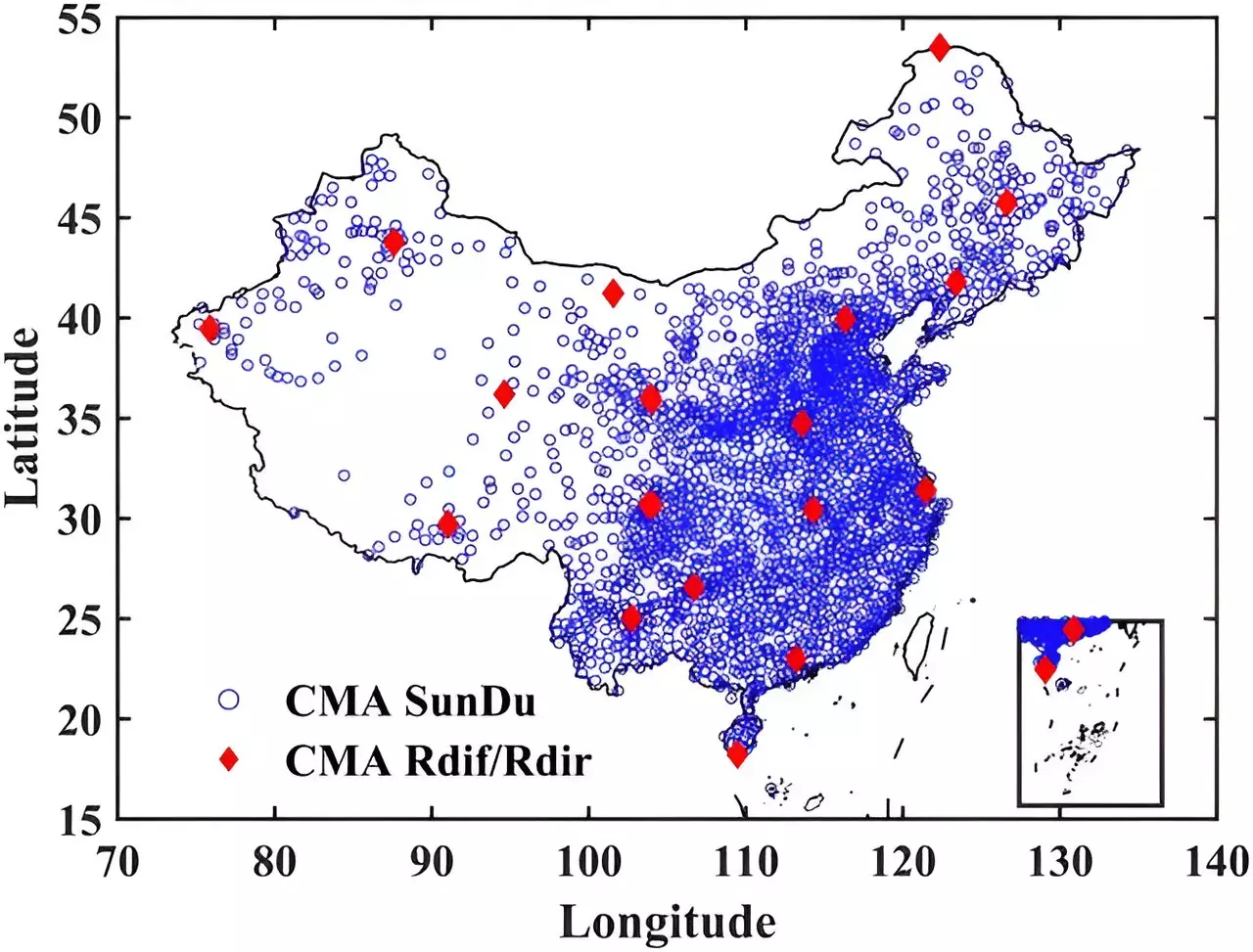In a recent study published in the Journal of Remote Sensing in February 2024, researchers have pushed the boundaries of solar radiation estimation by combining data augmentation techniques with the LightGBM machine learning model. This innovative approach has enabled the accurate estimation of both diffuse and direct solar radiation by leveraging sunshine duration data from a vast network of over 2,453 weather stations across China.
Overcoming Limitations of Ground-Based Observations
The traditional challenges of sparse and unevenly distributed ground-based observations have been effectively addressed through this research. By harnessing the power of machine learning algorithms trained on augmented datasets, the research team has achieved unprecedented accuracy in predicting solar radiation components without relying on local ground truth data for calibration. This breakthrough methodology opens up new possibilities for universally applicable solutions in the field of solar energy research.
The validation of this model against independent datasets has not only demonstrated its efficacy within China but has also highlighted its potential for global applications. The creation of a new satellite-based dataset resulting from this study offers a detailed spatial distribution of solar radiation components, surpassing the accuracy of existing datasets. This development is crucial for advancing solar energy research and deployment, providing valuable insights for more efficient and optimized solar energy production.
Professor Kun Yang, the lead researcher from Tsinghua University, emphasized the significance of this innovative approach in enhancing the accuracy and applicability of solar radiation component estimates. He envisions this method paving the way for optimized solar energy utilization not only in China but potentially worldwide. The impact of this research extends beyond the boundaries of a single country, promising a new standard in solar energy research and implementation.
The newly developed satellite-based dataset excels in precision compared to previous datasets, offering an exhaustive spatial analysis of solar radiation components. This advancement is crucial for the solar energy sector, enabling more strategic site selection and system optimization, especially in regions with high solar energy potential. By leveraging machine learning and satellite data, researchers are revolutionizing the way solar energy research is conducted and applied on a global scale.


Leave a Reply